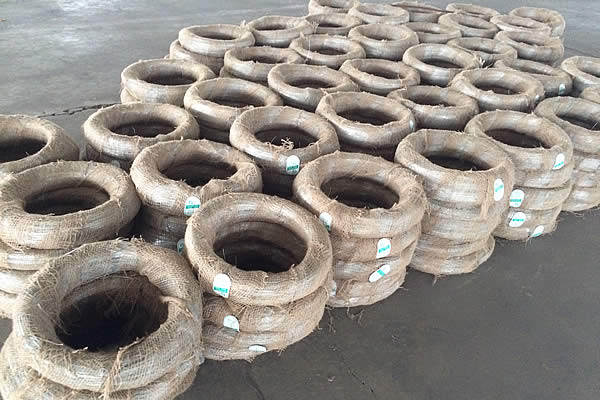 TEL:
+86-13102802206
TEL:
+86-13102802206
 Email:
fencenetting@china.com
Email:
fencenetting@china.com
 Language
Language
 TEL:
+86-13102802206
TEL:
+86-13102802206
 Email:
fencenetting@china.com
Email:
fencenetting@china.com
 Language
Language


The Versatility of 2-Inch Chicken Wire A Comprehensive Guide
When it comes to backyard projects, ranging from gardening to animal enclosures, one material that has gained tremendous popularity among DIY enthusiasts and professionals alike is 2-inch chicken wire. This versatile fencing option serves a multitude of purposes and is a staple in both rural and urban settings. Its name may conjure images of rustic farm life, but its applications extend far beyond the traditional chicken coop.
Understanding Chicken Wire
Chicken wire is a lightweight wire mesh that is primarily used in the construction of enclosures for poultry. However, the term chicken wire can be a bit misleading, as it is not exclusively designed for chickens. With mesh openings measuring 2 inches, this type of wire offers sufficient protection against larger animals while still allowing for ventilation and visibility.
Common Applications
1. Poultry enclosures The most common use for chicken wire is to protect chickens from predators while allowing them a safe outdoor space. The 2-inch openings still provide security without impeding their movement.
2. Gardening support Gardeners often use 2-inch chicken wire to create trellises for climbing plants, including peas and beans. The mesh allows plants to grow upward while keeping them supported and preventing damage from critters.
3. Animal fencing Beyond chickens, 2-inch chicken wire is effective for enclosing a variety of animals, including rabbits and small livestock. Its lightweight nature makes it easy to handle and install, providing both security and visibility.
4. Compost bins Environmentally conscious gardeners often use chicken wire to build compost bins. Its structure allows for airflow, which is crucial for the composting process, while also keeping out unwanted pests.

5. Craft projects The artistic community has embraced chicken wire as a medium for various craft projects. From decorative garden art to holiday wreaths, the flexibility of chicken wire opens the door to creativity.
6. Home decor Chicken wire has found its way into interior design, where it is used in frames and as backing for cabinets, adding a rustic charm to modern homes. Its aesthetic appeal is undeniable, making it a great choice for those looking to add a bit of farmhouse flair.
Installation Tips
When planning to use 2-inch chicken wire for any project, proper installation is critical to ensure its effectiveness. First, choose the right gauge for your needs; heavier gauges offer more security. Make sure to dig a trench around the area where you will be installing the fence to prevent animals from digging underneath. Use sturdy posts to anchor the wire, and consider using staples or fencing nails to secure the wire to the posts for added strength.
Maintenance and Durability
One of the advantages of chicken wire is its relatively low maintenance. It typically withstands the elements well, but over time, rust can be an issue. It’s advisable to inspect your installation regularly and treat any signs of corrosion promptly. Additionally, re-stapling or reinforcing areas that may have been compromised can help extend the life of your enclosures.
Conclusion
In conclusion, 2-inch chicken wire is not just for chicken coops; it is a multifunctional tool that can enhance both gardens and homes. Its lightweight nature and ease of use make it a fantastic choice for amateur home improvement projects or professional installations. Whether you’re protecting your garden from unwelcome critters or enclosing a run for your home’s pets, 2-inch chicken wire proves to be an invaluable addition to any toolkit. Embrace its versatility and unleash your creativity with this staple material today!